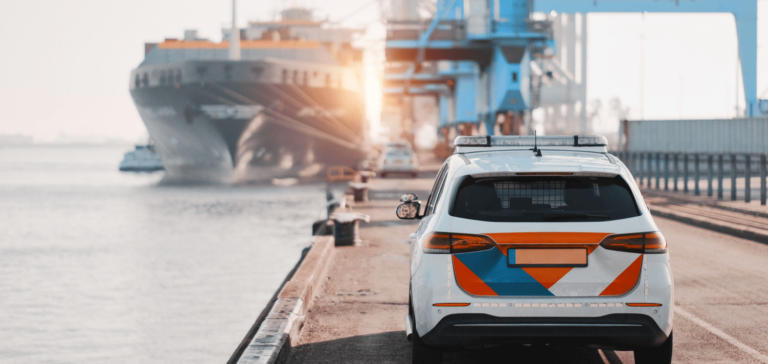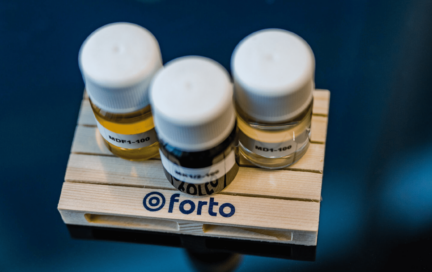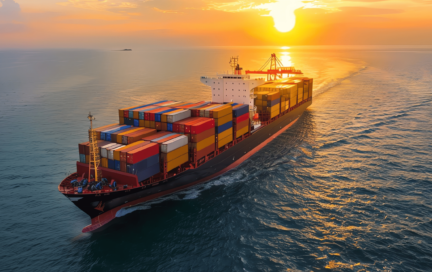Customs clearance as an unknown variable in the supply chain
Do you know this situation?
You are urgently waiting for your imported goods. Buffers already planned in the supply chain are used up, for example due to bad weather or changes in ship schedules. The sales department or your own production are already waiting and request daily updates – this means a lot of communication effort for your team. After the arrival of the goods, nothing should stand in the way of timely delivery if the current track & trace data is correct. However, if a customs inspection is carried out during import, the delivery of the goods is often delayed another two to five days, whereby the exact duration of the customs inspection remains a “black box”.
The replanning of on-carriage and delivery leads to additional work for your logistics team. In the worst case, you might only get notified from your transport service provider two to three days after the customs notification that there will be further delays.
Buffer solutions generate hidden costs
Many importers counter this problem by scheduling additional buffer times into their supply chain. This induces additional capital commitment costs which, depending on the value of the goods and the length of the buffers, can be between EUR 50 and EUR 100 per container. However, these costs are often not considered in the optimization of transport costs, so that this savings potential remains unused in the majority of cases.
Three innovative solutions
The good news is that innovative solutions can help counter the negative effects of late customs clearance. While they cannot accelerate the customs process itself, they can help importing companies to increase the robustness and agility of their supply chain, thus minimizing unnecessary costs and delays. Based on our experience, we recommend three concrete applications for stress-free and cost-optimized customs clearance:
- Be ready to go: Ensure digital operational process excellence by having all documents available on time
- Data-based planning: Determine optimal buffer times based on historical data
- Act fast: Increase supply chain agility through immediate response based on live data
1. Be ready to go: Process Excellence through digitized Processes
The basis for every successful customs clearance is the correct tariffing of your goods. In order to ensure that the customs process runs smoothly, all documents must be submitted in time (commercial invoice, certificate of origin, packing list if applicable and separate proof of preference, bill of lading).
In practice, we have found that in some cases this process step is carried out manually, in paper-based mode of operation or in To-Dos lists managed by the importer or forwarder leading to errors. However, the resulting delays are often attributed to other reasons (e.g. late arrival, holiday replacement, …).
We solve this problem by ensuring, on the basis of digital checklists, that all required documents are made available in time. If the necessary lead times elapse without these documents being available, you and our operations managers will automatically be reminded.
Pre-customs clearance is initiated on the basis of the data and documents available at an early stage. Potential problems and anomalies can be identified and resolved in a timely manner.
2. Data-based Planning: Optimal customs clearance and on-carriage times
For our customers, we evaluate historical customs data on the basis of modern analysis procedures with regard to the duration of the customs inspection, seasonalities and inspection probabilities – depending on the respective customs tariff numbers. On the basis of this data, we can work with you to create our own specific process for customs and on-carriage in order to optimise your buffers in a targeted manner.
3. Act fast: Real-time notifications enable proactive exception management
Since future inspections can never be predictable, it is important to be able to react quickly in case of an inspection. Our platform is directly connected to the customs systems and notifies you as well as our operationally responsible employee. Depending on the urgency and status of the shipment, we can plan alternatives (e.g. different on-carriage options) directly with you.







